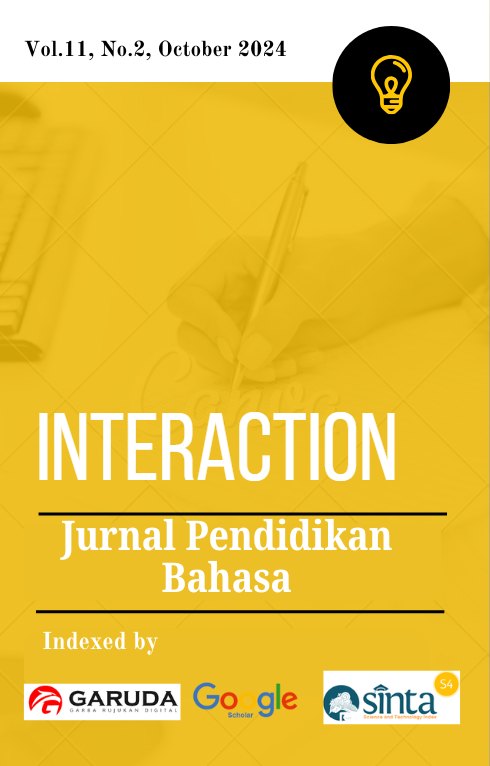Examining Students' Skills in Differentiating the Meaning Relations of Homonyms, Homophones, and Homographs
DOI:
https://doi.org/10.36232/interactionjournal.v11i2.1306Keywords:
Homonyms, Homophones, HomographsAbstract
Students often struggle to distinguish words that look or sound similar but have different meanings. They also face challenges in using these words appropriately, leading to errors in comprehension and language use. This study aims to assess students' ability to differentiate the meanings of homonyms, homophones, and homographs, as well as to identify their level of accuracy and the difficulties they encounter in understanding and using these words in context. Using a qualitative approach, the research was conducted through comprehension tests, interviews, and observations of students. The findings indicate that while students have a basic understanding of these concepts, they still struggle to interpret meanings based on context, particularly with words that share similar pronunciation or identical spelling but have different meanings. Common errors were most frequently related to homophones, suggesting that students' listening and writing skills influence their ability to distinguish these words accurately. Additionally, confidence played a role in students’ responses, as those with higher confidence tended to provide clearer and more accurate answers. Based on these findings, this study recommends strengthening teaching methods that emphasize contextual understanding, improving listening and writing skills, and fostering a more supportive learning environment to help students better differentiate word meanings.








